The intermingled relationship between chronic kidney disease and hypertension
Evaluation of the currently available published literature regarding the association between chronic kidney disease and systemic hypertension in cats
Evaluation of the currently available published literature regarding the association between chronic kidney disease and systemic hypertension in cats
Chronic kidney disease (CKD) is a highly prevalent disorder of senior cats. CKD is frequently diagnosed in association with hypertension, and the two conditions have an intermingled cause-and-effect relationship. Hypertensive target organ damage (TOD) to the eye, brain, heart, and kidney significantly impacts the welfare of cats suffering from this comorbidity. Hypertension also drives proteinuria, which is an independent risk factor for progression and mortality in cats with CKD. Blood pressure monitoring and institution of effective antihypertensive treatment, where indicated, is therefore crucial for the effective management of the feline CKD patient. Current guidelines recommend a target systolic blood pressure of <160 mmHg to minimize the risk of TOD. Both amlodipine besylate and telmisartan are effective antihypertensive agents for use in these patients.
Clinical signs of hypertension may not be apparent to owners of affected cats until severe hypertensive TOD is present. Despite this, blood pressure monitoring in cats with CKD is still infrequently performed, and hypertension likely remains underdiagnosed in this population.
This review is based upon an evaluation of the currently available published literature, including relevant consensus statements. There is a large body of evidence supporting the association between hypertension and CKD in cats. However, significant aspects, such as the mechanisms behind this association and the effect of hypertension and antihypertensive treatment on mortality and progression of CKD, remain unclear. Further research is therefore required in order to improve understanding of these conditions.
Feline comorbidities: The intermingled relationship between chronic kidney disease and hypertension” Jack S Lawson, et al. J Feline Med Surg. 2021 Sep;23(9):812-822. doi: 10.1177/1098612X211037872.


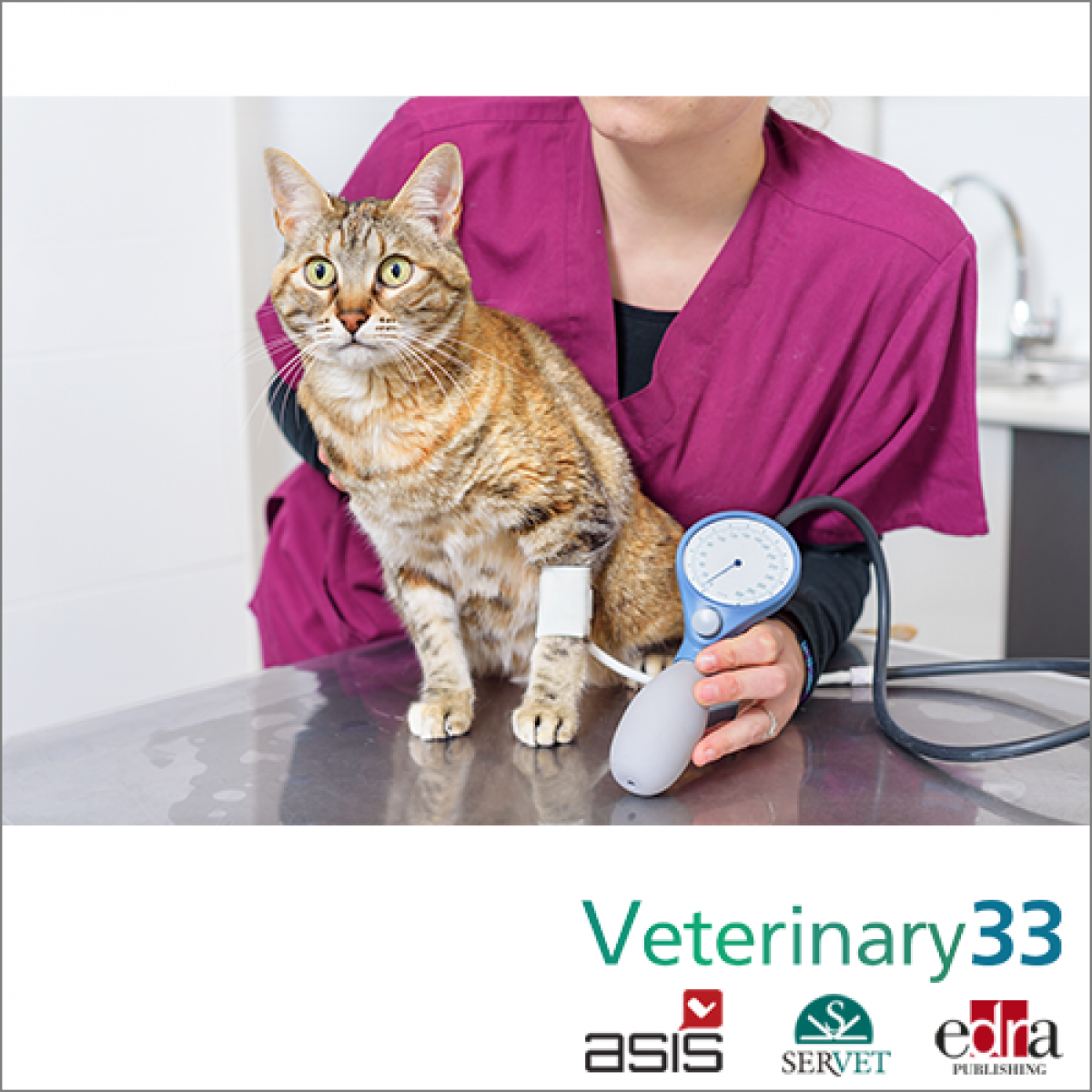
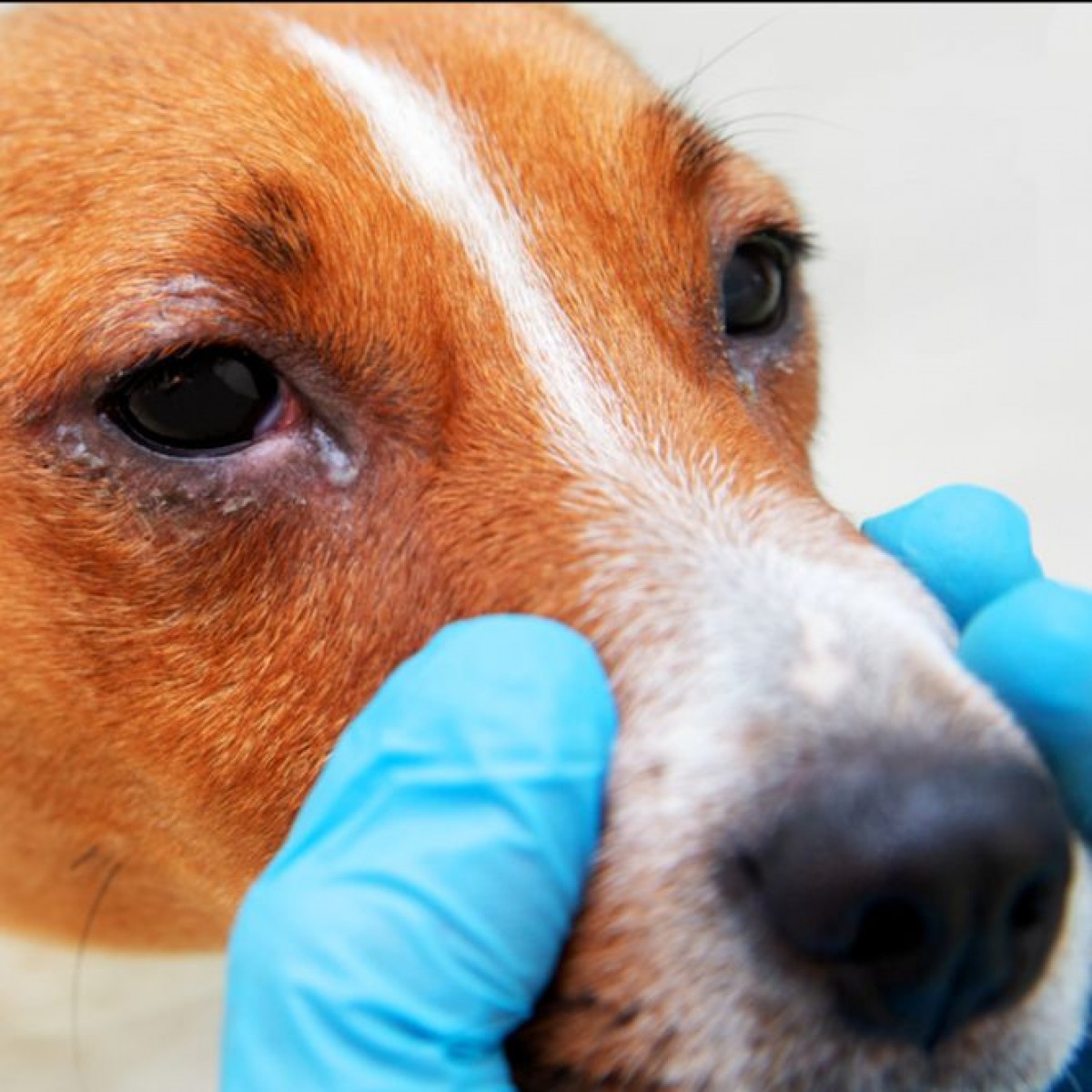
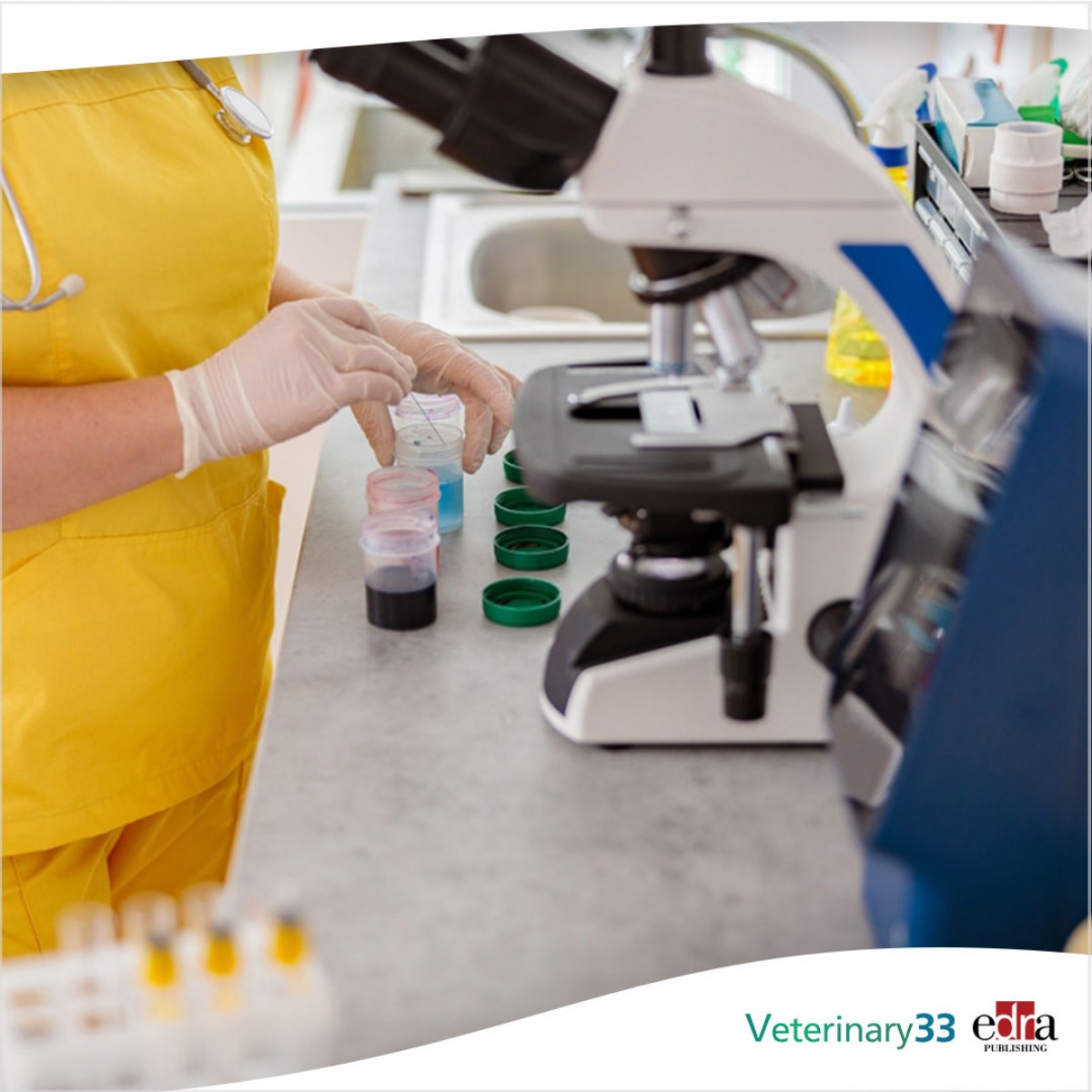

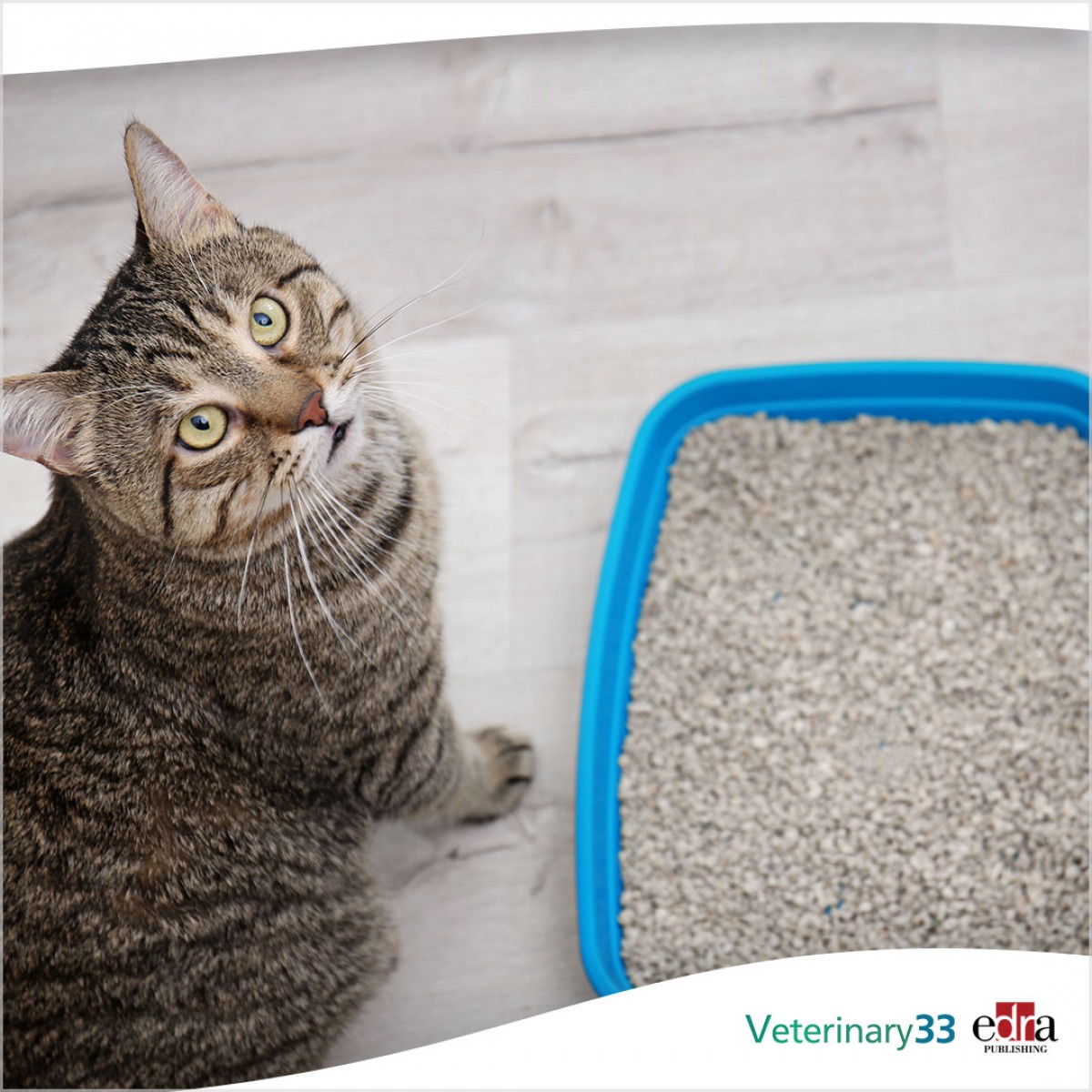
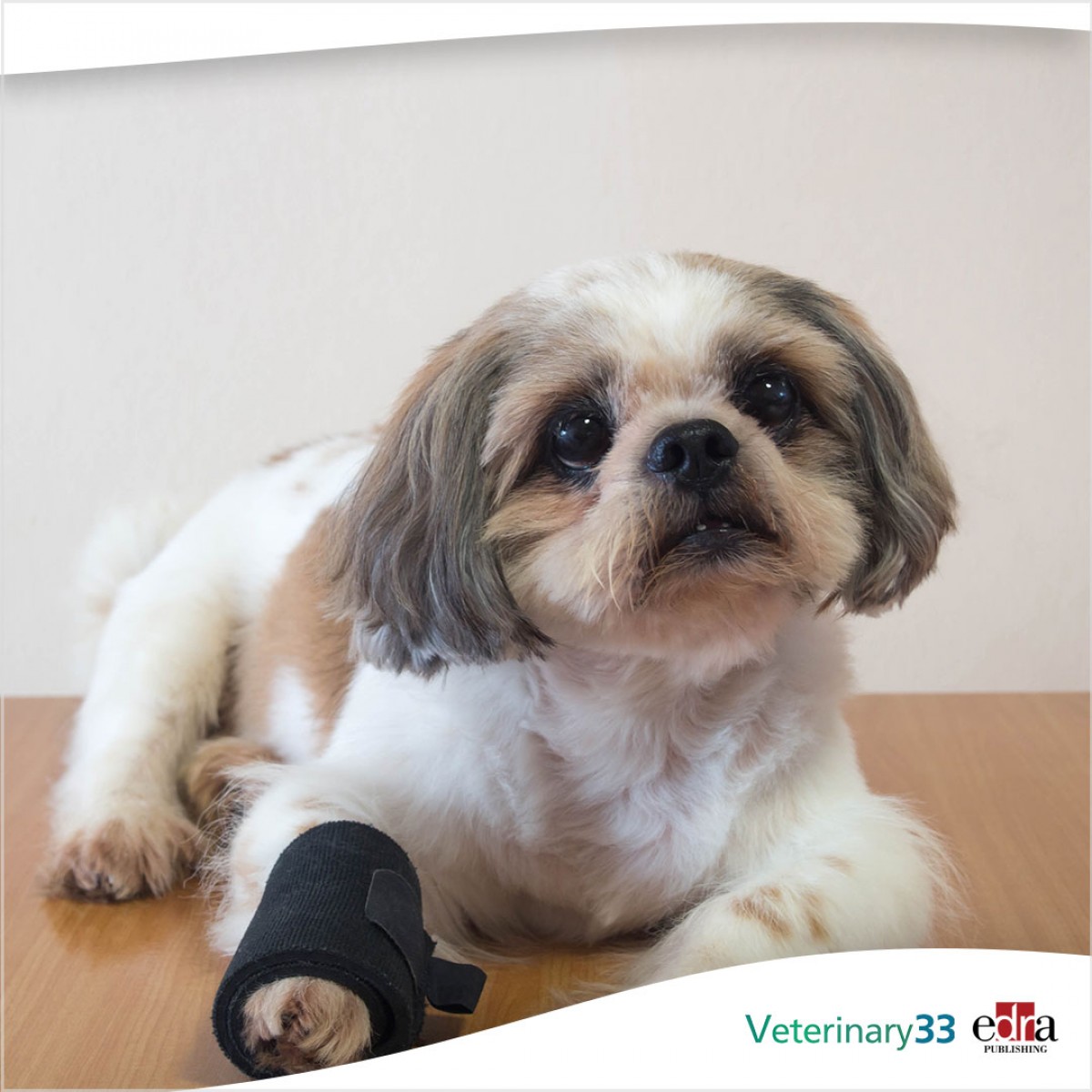






List
Add
Please enter a comment